One of the greatest benefits to solar cooking is water pasteurization, creating clean safe drinking water. Our lives depend on it and the sun can provide it. In an emergency situation, a simple solar oven can be made from common items readily found almost anywhere – if you know what to look for.
Here’s what you need to know:
Sterilization kills all of the organisms in the water, while pasteurization kills only those organisms that can cause harm to humans. Heating water to 149º F (65º C) for 6 minutes will kill all germs, viruses, and parasites including Hepatitis A, Giardia, cryptosporidium, rotavirus, E. Coli, entamoeba, shigella, salmonella bacteria, and those that cause cholera and typhoid, and the eggs of worms. These methods remove biological pathogens, but they do not remove chemicals.
The Water Pasteurization Indicator, or WAPI, is an inexpensive device that can be used to determine when water has heated to pasteurization and is safe for drinking. The WAPI is a clear acrylic tube that contains a bit of wax. When the water temperature reaches 150º, the wax melts and drops to the bottom of the tube. When the wax solidifies, the WAPI can be used over and over again.
Here’s what you need to have:
A clean container to hold the water: This can be almost anything . Except as a last resort, do not use a shiny metal container because it will reflect the light. A dark metal pot or pan, a glass jar, a soda can, even a plastic water bottle will do.
A heat trap: The heat trap is just that — something to trap the heat. It must be clear to let the light in. And it must be large enough for the water container to fit into. This can be a large glass or clear acrylic bowl turned upside down, or maybe two large bowls, one creating a top for the other. It can be a large empty soda or water bottle. Cut the bottle open. Place the water container inside. Put the cut off bottle top back on the other half. It can be a clear bag such as a clean trash bag,or a bag that once held something else – a shirt, a small appliance etc, or a cooking (turkey) bag.
A reflector: The reflector will catch the sun rays and reflect them back toward the heat trap. The reflector can be made from any thing shiny. For instance, a cardboard box, with the top and two consecutive sides cut away, covered with aluminum foil, a shiny mylar emergency blanket, or even the shiny inside of potato chip bags makes a great emergency reflector. Another great reflector can be made from a shiny car windshield screen.
Here’s how you do it:
Fill the clean container with clear water. If necessary, strain out any floating debris and solid particles. Place container into the heat trap and close tightly with a twisty tie, tape, clip, etc . Surround the heat trap with the shiny reflectors. Keep the unit facing into the sun so that it will heat. The water temperature can be verified with a thermometer or with a WAPI. A simple solar cooker will heat a liter of water in about an hour. After the water is pasteurized, be careful not to recontaminate it by using an unclean container.
On a recent sunny Sunday afternoon, I tried out my WAPI. I filled two different 20 oz water bottles with tap water. I placed a WAPI into one of the bottles. The bottles were placed in a plastic bag which was closed with a twisty tie. I shaped a silver windshield shade into a funnel shaped reflector. I set the funnel into a box and put a rack across the box to set the bottles on. The outside temperature that afternoon was 95º. The temperature inside the bag (yes, I put a thermometer in the bag) rose to 250º. After an hour, the water was plenty hot enough to make instant coffee, tea, hot cocoa, or instant soup, but the WAPI did not indicate pasteurization. After another half hour, full pasteurization was reached. I’m sure that the water temperature would have reached pasteurization faster in a regular, well insulated solar oven.
Here’s how it is useful:
Of course, the most obvious benefit is simply having safe drinking water. The hot water can be used to cook or make hot beverages. Dishwater can be heated during the day, freeing up the stove top and saving fuel. Plates, cups, and utensils can even be placed in the water to be pasteurized at the same time. Since there is no open flame, the solar cooker can be left unattended when you are called away. Utilizing the free energy from the sun saves precious and costly fuel. So save the butane, charcoal, and firewood for a rainy day.
There are several methods to purify water – boiling, filtering, using bleach, etc. During an emergency, or any time the water supply has been contaminated, every means and method available including solar water pasteurization – should be utilized to ensure your water is safe to drink.

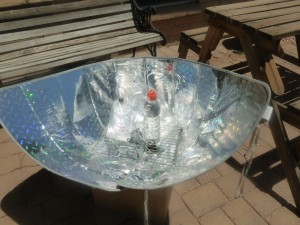
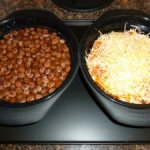
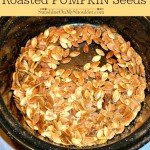
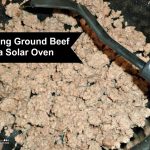
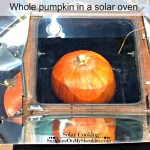
[…] For more information on how to purify water using the sun, please read Solar Water Disinfection or Water Pasteurization from SCInet or Water Pasteurization in a Pinch. […]